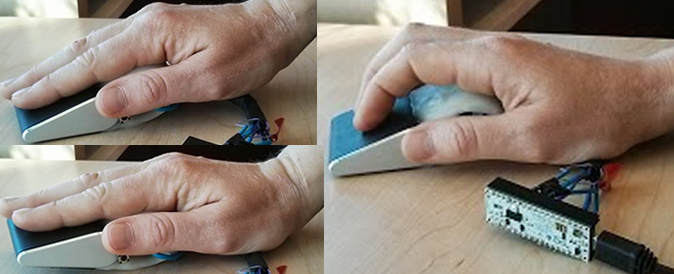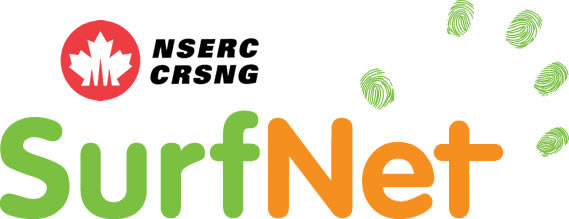Scrolling in Radiology Image Stacks: Multimodal Annotations and Diversifying Control Mobility
Description
Advances in image acquisition technology mean that radiologists today must examine thousands of images to make a diagnosis. However, the physical interactions performed to view these images are not specialized to the task and are repetitive. Additionally, automatic or radiologist-generated annotations may impact how radiologists scroll through image stacks as they review areas of interest. We analyzed manual aspects of this work by observing and/or interviewing 19
radiologists, and found that stack scrolling dominated the resulting task examples.
We used a simplified stack seeded with correct or incorrect annotations in our experiment on lay users. The experiment investigated the impact of four scrolling techniques (traditional scrollwheel and click+drag plus sliding-touch, and tilting to access rate control); and visual vs. haptic annotation cues on scrolling dynamics, detection accuracy and subjective factors. Scrollwheel was fastest overall for our lay participants, and combined visual and haptic annotation highlights sped up target- finding in comparison to either modality alone.
The multimodal annotations may be useful in radiology image interpretation, as the user is heavily visually loaded, and there is background noise in the hospital environment. From interviews with radiologists we see that they are receptive to a more personalizable mouse, where they can map different movements to interactions with images.

Status
Study completed and a paper submitted at CH’2014.
Partners
McKesson (Richmond, BC) and Sensitronics (North Vancouver)



